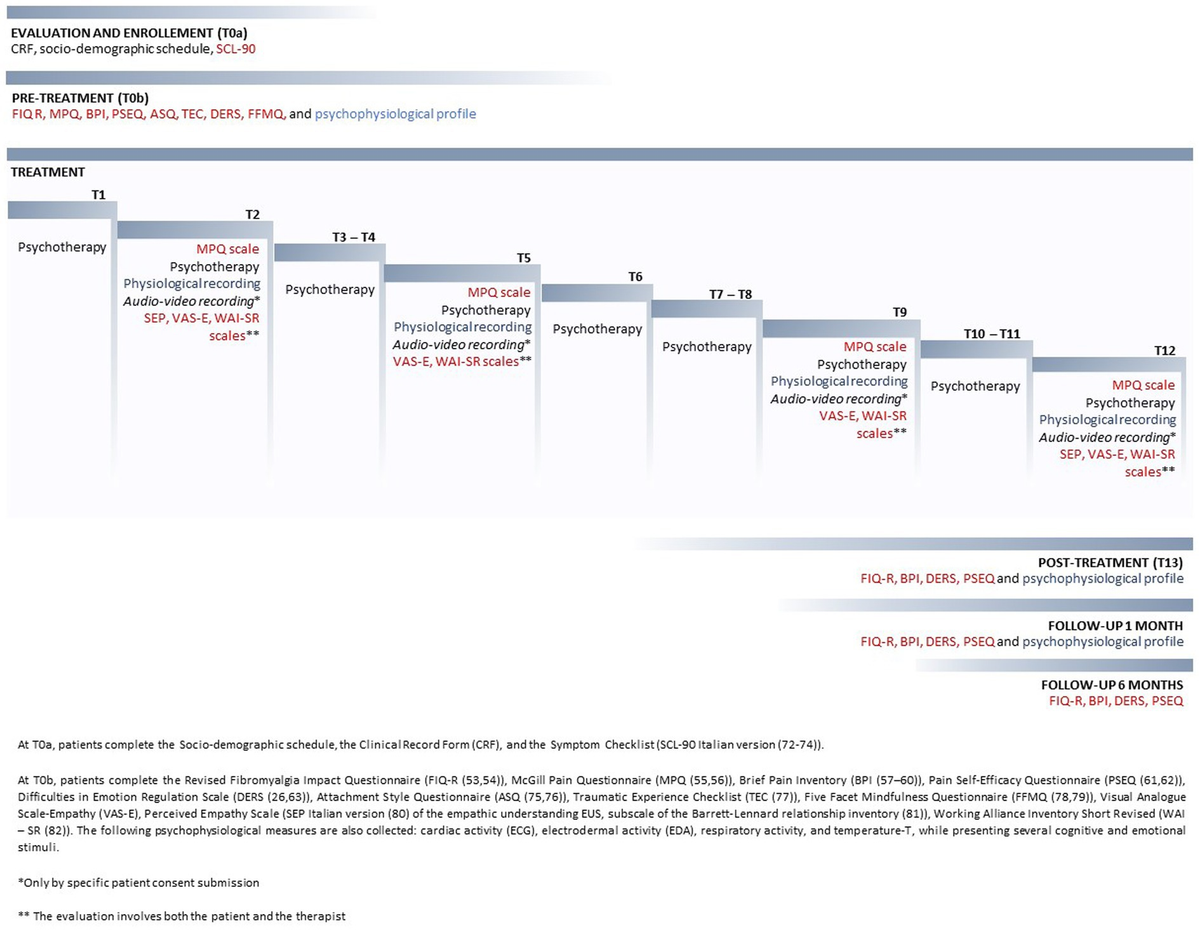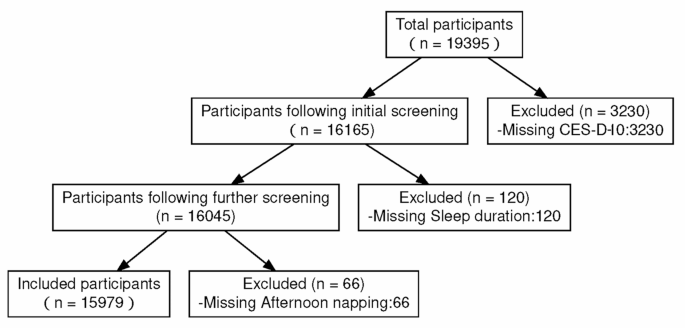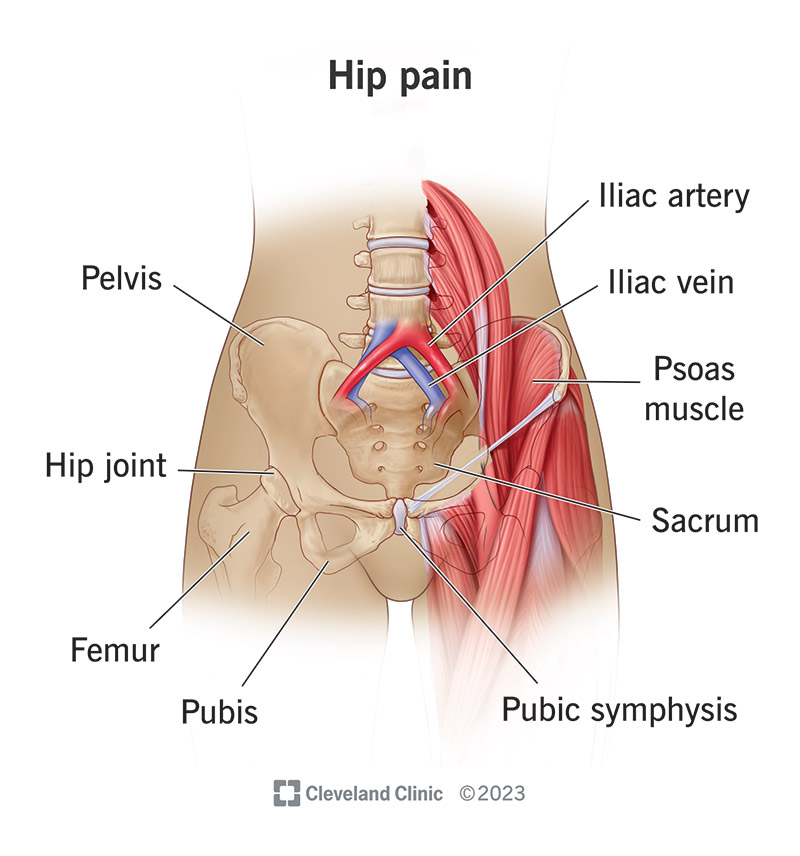Northeastern University professor Sari Altschuler co-edited a special issue of American Literature exploring writings about pain — and how George Floyd and the COVID-19 pandemic have changed our understanding of them.

At first glance, the study of literature and the medical field don’t seem to have much, if anything, in common. But their intersection has a surprisingly rich history.
“There used to be poetry in medical texts,” says Sari Altschuler, an associate professor of English at Northeastern University. “And if you talk to doctors, many of them want to be writers. That tradition is hundreds and hundreds of years old.”
She found herself thinking about that tradition in the early days of the COVID-19 pandemic, particularly how people were turning to literature to grapple with pain — a collective pain that was both highly visible in the protests after George Floyd’s killing and obscured behind closed doors in hospitals and isolated households.
“There was a lot of reading [works like] Defoe’s ‘A Journal of the Plague Year’ or ‘Love in the Time of Cholera’ … these books that were supposed to provide some way of making sense of what was happening,” she says.
Others in her academic community were thinking about it, too. Thomas Constantinesco, a literature professor now at the Sorbonne, was at work on the book “Writing Pain in the 19th Century,” when the pandemic hit. Just before, with grant money from the Marie Curie foundation, he and Altschuler had put together a symposium calling for papers examining the intersection of pain and writing.
“The essays were so great,” Altschuler says. “We thought, we should really try to pitch them somewhere.”
The result is “Pain,” a June 2024 issue of the academic journal American Literature devoted to how reading and writing about the experience of pain has shifted in response to those recent, shared catastrophes. Ranging in subject matter from 19th-century novels to modern poetry and even the medical language of the present-day emergency room, the essays in the issue “build on a body of scholarship that identifies the insights of literary knowledge for the study of pain,” co-editors Altschuler and Constantinesco write in their introduction. “Literature provides a rich cache of attempts to make pain in its myriad forms legible through language.”
Altschuler has spent her career exploring what literature and medicine have to offer one another — and how the two have been intertwined, from Ralph Ellison’s dispatches in New York hospitals to poetic takes on the pain scale, the emergency room tool that asks patients to assign their discomfort a number between 1 and 10. At Northeastern, along with the usual English curriculum material on Emerson and Poe, she teaches a course on narrative medicine — incorporating storytelling into patient care — for would-be doctors and nurses.
“Biomedicine is not necessarily inclined toward making things complicated, but that’s certainly what literature and writing do,” she says. “You can become a better practitioner by thinking about the complexity of pain through writing.”
The “Pain” issue offers wide-ranging analysis of that complexity, charting the term’s evolving meaning in books, poems and essays and drilling down on the granular definition of the word itself.
“This is a moment in which people are beginning to think differently about pain,” Altschuler says. “There is a way in which COVID made pain communal and social, but it made it difficult to think about individual pain. In putting the issue together, she says, “it was important to us to think about how that works across time.”
The six essays in “Pain” proceed in roughly chronological order, paying close attention to Black experiences and writings. The first, “Taxonomy of an Enslaved Heart,” delves into the figurative construct of a “broken heart,” laying out — via the writings of James Baldwin, Sojourner Truth and Harriet Jacobs — how the common metaphor can signify something explicitly physical.
One essay takes on the literary depictions of bodily expressions of suffering in Civil War hospitals by Walt Whitman, Louisa May Alcott and Emily Dickinson. Another examines pain in characters’ inner lives in 19th-century Victorian novels, particularly Kate Chopin’s “Awakening” and Edith Wharton’s “The Reef.” Poetry looms large: In their introduction, Altschuler and Constantinesco offer a close reading of Terrence Hayes’ 2020 poem about the murder of George Floyd. The text uses repetition of certain words to move between images of pain — a man in blue kneeling on Floyd’s neck, Emmett Till’s body on a truck. By the end, the poem repeats Till’s name like a tolling bell:
“time is on your side of the bed
of the truck transporting Emmett
till the break of day Emmett till
the river runs dry your face
the music of the spheres
Emmett till the end of time”
“The Black Lives Matter movement, in part, was saying these are not individual cases,” Altschuler says. “It was an effort to say this individual pain, which is everywhere in the media and so spectacular, is also a communal pain. Literature can actually show you the interconnection, which is done really well in the poem.”
The issue is also interested in the language of pain in real-world medical contexts. In their intro essay, Altschuler and Constantinesco cite “The Pain Scale,” Eula Biss’ 2005 essay about the futility of the emergency room 1 to 10 rubric in evaluating her own, chronic pain. “The pain scale measures only the intensity of pain, not the duration. This may be its greatest flaw,” Biss writes. “A measure of pain, I believe, requires at least two dimensions. The suffering of Hell is terrifying not because of any specific torture but because it is eternal.”
In the piece, Biss also recounts seeing a newspaper photograph in which a “man’s face was horrifyingly distorted in an open-mouthed cry of raw pain. His house, the caption explained, had just been destroyed in a fire. But the man himself, the article revealed, had not been hurt.”
Biss’ essay foretold changes in the way the medical community itself understands pain. In 2020, the International Association for the Study of Pain (IASP) redefined “pain” for the first time since 1979. Under the old definition, pain was only tangible if it came along with “actual or potential tissue damage;” the new definition was broader, allowing for something “resembling that associated with actual or potential tissue damage.” The change “recognizes pain’s multiplicity, freeing it from the requirement to be grounded in an identifiable biological cause,” the “Pain” co-editors write.
For Altschuler, that change supports the idea that even in seemingly objective, evidence-based spheres like medicine, the subtleties of language matter. A more nuanced understanding of “pain,” she thinks, can only improve its treatment.
“When we’re thinking about the complexity of medical care, understanding that pain is deeply individual is really important,” she says. “Reading can be a way of broadening practitioners’ understandings — that’s something real that literature can do for health care. So much of the profession is about reducing experience to something diagnosable or ratable, for good reasons. But there are other ways of understanding the world.”













